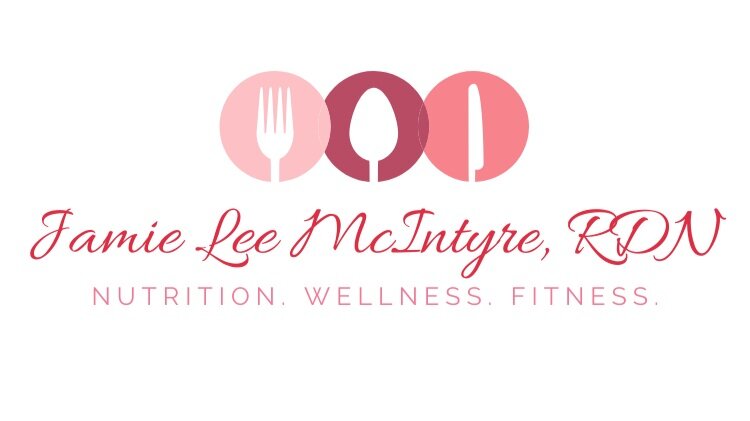How to eat healthy while traveling?
Travel of any kind, whether for work or leisure, can wreak havoc on a healthy diet and spoil even the best healthy intentions. But just because you’re traveling, doesn’t mean you have to give up! Here are some tips to help you navigate healthy eating during travel.
Fast Food
Fast food is an unavoidable part of travel for many. The next time you are driving thru, look at the menu for a few minutes longer and see what your options are. At breakfast, you will find oatmeal, fruit and yogurt parfaits and egg white sandwich options at McDonald’s, Dunkin Donuts, Burger King and Starbucks. For lunch and dinner, the choices are similar. At McDonald’s a Quarter Pounder with Cheese contains 530 kcal and 27g total fat versus the Artisan Grilled Chicken Sandwich that contains 380 kcal and only 7g fat. Both are a great source of protein, but you will save significantly on calories and fat with the grilled chicken option. The comparison is similar for choosing grilled over crispy fried chicken. Additionally, the popular fast food establishments offer side salads or apple slices as a side instead of fries, including McDonald’s, Arby’s, Chick Filet, Wendy’s and Burger King. Typically, items that include salad, grilled chicken, turkey breast, vegetables and fruit will save you significantly in terms of calories and saturated fat. Sandwich shops and delis typically serve up lighter fare, but in over the top bread serving sizes. You can enjoy the sandwich open-faced and toss out one part of the bread, or you can have half the sandwich for lunch, and save the rest for a mid-meal snack a few hours later. Instead of chips, choose fruit or veggies as a side. Replace soda orders with a seltzer, unsweetened iced tea, or water with lemon for calorie-free hydration.
Gas Station Stops and Airport Kiosks
Here you will find fresh fruit, bottles of low fat milk, yogurt, parfaits, granola bars, cheese sticks, whole grain crackers, nuts and dried fruit. Pick up what you need which will differ depending on if you are looking to satisfy the components of a balanced meal or snack. For a meal, combine 1 serving from 3-4 different food groups, like 1 yogurt + 1 banana + 1 granola bar. For a snack, combine 1 serving from 2 different food groups, choosing at least 1 high fiber carb source and 1 protein source. For example, you could pair together a packet of unsalted dry roasted almonds with an apple or packet of raisins. Plan ahead and pick up any other self-stable essentials you’ll need for the day(s) ahead that can be packed neatly in your travel bag.
Pack the Essentials
If you know you are going to be on the run, or want to minimize time and money spent, pack your shelf-stable essentials before you leave. Some hotel room-friendly go to’s include low sugar oatmeal packets, nuts or nut butter packets, dried or portable fresh fruit (think apples, pears, bananas, etc.), milk boxes that don’t require refrigeration, low sugar granola bars, protein bars and apple sauce packets. These will be cheaper from your local grocery store versus the airport, gift shop and gas stations you will encounter during your travel.
Make Use of the Continental Breakfast
Be sure to stop at the continental breakfast in your hotel. Typical offerings include hard-boiled eggs, toast/bagel options (look for whole grain), milk, cereal (look for sugar under 8g per serving), yogurt, fruit, granola and waffles or pancakes. A balanced meal can be from this list of foods quiet easily, and you may even be able to take some fresh fruit with you to go and snack on later in the day.
Eating out at Restaurants
This can be tricky as menus differ greatly depending on where you are in the country or internationally. First, search the menu for terms that describe dishes prepared via low fat cooking methods. These key words include baked, broiled, roasted, steamed, grilled or poached. For example, a grilled chicken with a baked potato and steamed broccoli would be a total winner on the menu! However, the beer-battered chicken with gravy mashed potatoes and fried zucchini will set you over in calories while also contributing to travel-related digestion issues. Next, look for smaller portion items if you are not able to benefit from taking leftovers to go, such as items in the appetizer, small plate, or lunch section of the menu. Some restaurants even offer lighter fare menus to accommodate health-conscious patrons. If possible, offer to share larger dishes with another person in your party to split not only the price of the meal, but the portion and calories as well!
It is not impossible to stick to healthy eating while traveling, but it does require some extra thinking on your feet and planning ahead of time (when possible). Use these tips so that you feel better and lighter upon your return! It is also important to note that taking advantage of the hotel’s fitness center, or walking to nearby destinations in safe locations (instead of driving), is a great way to burn off some extra calories consumed on the trip!

